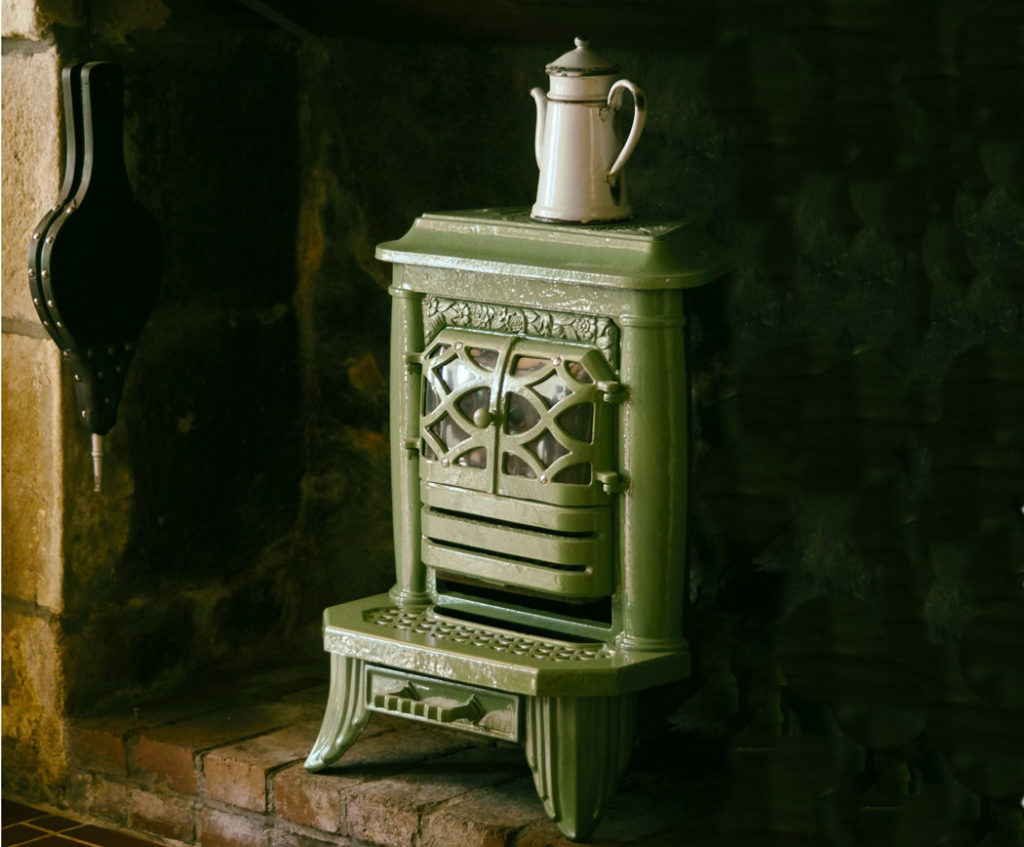
by Glen Fredrickson
The warmth and radiance of the fireplace, once the center of every home, is being rediscovered as a practical and economical heat source. Rising gas prices have many people reconsidering the virtues of wood heating—as well as new pellet and corn alternatives. As demand heats up, the resulting interest in alternative heating rivals that of the wood stove boom during the1970s oil embargo.
Traditional heating products have found new inspiration from technological advances in recent decades. Modern stoves are over 70 percent efficient, meaning more than 70 percent of the fuel’s potential heat is radiated into your home. A required EPA test limits emissions to 3 to 5 grams per hour—far from the 60 to 80 gram norm of the “black boxes” popularized by the 1970s oil embargo. A combination of high efficiency, safe burning, and low maintenance makes these stoves deserving of a place in your house.
Thinking of using an existing brick fireplace to lower your gas bill this year? Think again. Testing demonstrates traditional fireplaces are minus 15 percent efficient; the warm air in your house that fuels the fire continues right up and out the chimney! Figures are similar for most prefabricated metal fireplaces. Fortunately, installing an insert directly into your existing fireplace offers all the advantages of a freestanding model, while saving space and reducing costs by using your existing chimney.
Whether you need whole-house heating or simple foyer decoration, manufacturers offer a wide range of sizes, styles, and installation flexibility. The availability of wood, corn, and pellets (from wood chips) makes these renewable fuel products well-suited to the Midwest. All serve to add value to your home.
Wood fuel produces a quality radiant heat. Wood is locally available and,if you’re so inclined, it’s possible to cut your own. With the possibility to stay warm and cook food even if the power or gas supply is interrupted,a wood stove also gives you great independence. The drawbacks of wood, however,remain the effort required for its transportation and storage and the associated mess.
Pellet and corn-burning stoves are recent entries in the alternative fuel landscape and provide the benefits of radiant heat and a fire view without the effort of wood. Automatic thermostatic controls allow you to pour a 50-poundbag of fuel into the hopper and let the stove run unattended for one or two days. Installation is also easy, as pellet and corn stoves vent outside directly through an exterior wall. And in Iowa, corn is our least expensive and most readily available fuel.
Are there any drawbacks to these units? Possibly, depending on your needs. Because corn and pellet stoves use electronics and motors to operate, loss of electricity causes these units to immediately stop producing heat. Fuel transportation and storage is again an issue, as pellets must be shipped into Iowa, while corn requires rodent-proof storage.
Today’s stoves are also aesthetically pleasing. Striking designs and colorful enamel paints offer appealing alternatives to classic black metal, and the ambient heat of a stove remains as comforting today as in past generations. With safe and economical renewable-heating options available, why burn a hole in your pocket this heating season?
Glen Fredrickson, owner of Mr. Sweeps Chimney & Stove, is celebrating 20 years serving Southeast Iowa.
